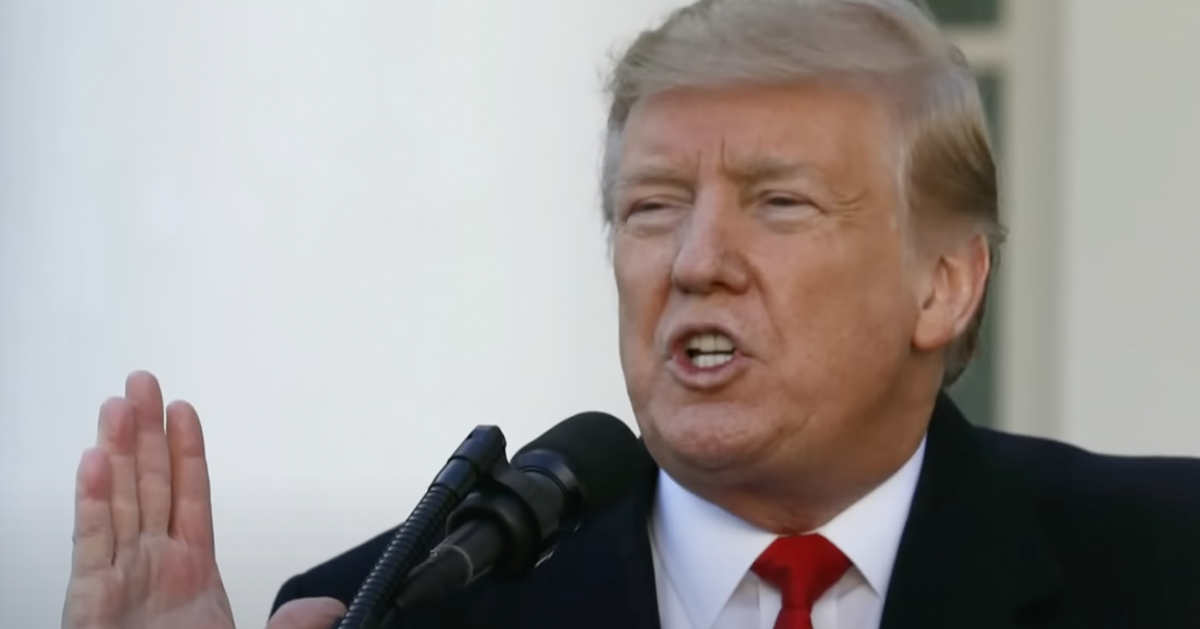Kamala Harris Decreases Campaign Stops as Election Nears
With the 2024 election cycle intensifying, Vice President Kamala Harris and former President Donald Trump have adopted altered approaches to their campaign itineraries compared to past candidates.
Both Harris and Trump have adjusted their campaign schedules, with the VP visiting fewer cities compared to past candidates such Hillary Clinton, Barack Obama, and John McCain, with data showing no definitive link between frequent travel and election victories, as the Daily Mail reports.
In the months of September and October 2024, Harris made fewer city visits than Hillary Clinton did during her 2016 presidential bid.
According to a recent report by Axios, Harris visited 43 cities during her campaign, while Trump managed to make appearances in 57 cities.
Comparison of Recent and Historical Campaigns
When comparing the current campaigns to historical figures, Harris's city visits barely surpassed President Joe Biden's efforts during his 2020 campaign, which were limited by the COVID-19 pandemic.
In contrast, Trump's 2024 campaign involved fewer cities than his previous efforts, with a noticeable reduction from the 64 cities he visited four years ago during another period marked by pandemic restrictions.
Historically, Trump's aggressive travel strategy in 2016 led him to 92 cities, while Hillary Clinton stopped in just 46. This approach has since been debated, with some critics noting that Clinton’s lack of emphasis on crucial states like Wisconsin, Michigan, and Pennsylvania contributed to her defeat as Trump successfully flipped these pivotal regions.
In a strategic turn for the Democrats, Biden won back these states as part of his 2020 victory, proving that engagement in these areas can be crucial.
The topic of effective strategies in campaign travel has long been dissected, with previous records set by Barack Obama and John McCain in 2008. Obama attended a groundbreaking 96 city events, while his opponent McCain visited 93.
Evolution of Campaign Strategies Over Time
Obama’s strategy notably shifted by 2012, as he reduced his city visits to 51, even as Mitt Romney attended 80 events. This shift indicates that more isn’t always more effective. The Axios report emphasizes that there is no definitive link between the number of campaign stops and successfully securing the presidency.
Indeed, Trump’s 2016 win exemplifies that a heavier campaign schedule doesn’t guarantee victory, as he managed to pull off an unexpected victory despite Clinton's comparative lack of travel. This variation underscores a growing recognition of the changing dynamics in political campaigns.
Campaigning has increasingly integrated online and broadcast platforms, reflecting modern shifts in communication strategies. Both Harris and Trump have embraced these methods, engaging with audiences through popular channels such as podcasts in addition to traditional campaign rallies.
Innovative Campaigning Beyond Traditional Methods
In their current campaigns, Harris and Trump have explored nontraditional battlegrounds, making appearances in states traditionally seen as non-competitive. Noteworthy events include Trump speaking at New York City's Madison Square Garden and Harris addressing abortion rights issues in Texas alongside superstar Beyoncé.
These strategies highlight how modern candidates are broadening their outreach beyond the confines of historical battlegrounds. Both candidates have also prioritized appearances in their home territories, although these events were not included in the Axios count of city visits.
Notably, Harris delivered a speech in Washington, D.C. earlier this week, which was not factored into her official campaign travel totals. Such events reflect the unique leverage home-state campaigning can offer candidates.
Implications of Modern Campaign Trends
The exploration of new platforms and unusual locations underscores a shift from the face-to-face ground game to more diverse and innovative campaigning. Despite the limited city visits, the campaigns of both Harris and Trump demonstrate an evolution in reaching voters that departs from traditional travel-heavy schedules.
Moreover, these developments invite a reflection on past strategies, such as Clinton's noticeable absence from Wisconsin in 2016, which has been frequently mentioned in analyses of her overall campaign strategy. This absence was identified as a potential factor in Trump’s ability to capture key states.
As the election draws closer, the strategic choices of Harris and Trump will continue to be scrutinized. The ultimate impact of their less intensive travel schedules remains to be seen. However, as Axios points out, winning the White House is not solely dependent on the number of campaign stops.
Instead, success may increasingly hinge on innovative methods of voter engagement. With shifts in campaign strategies becoming more evident, both Harris and Trump seem to be adapting to the current political landscape.




